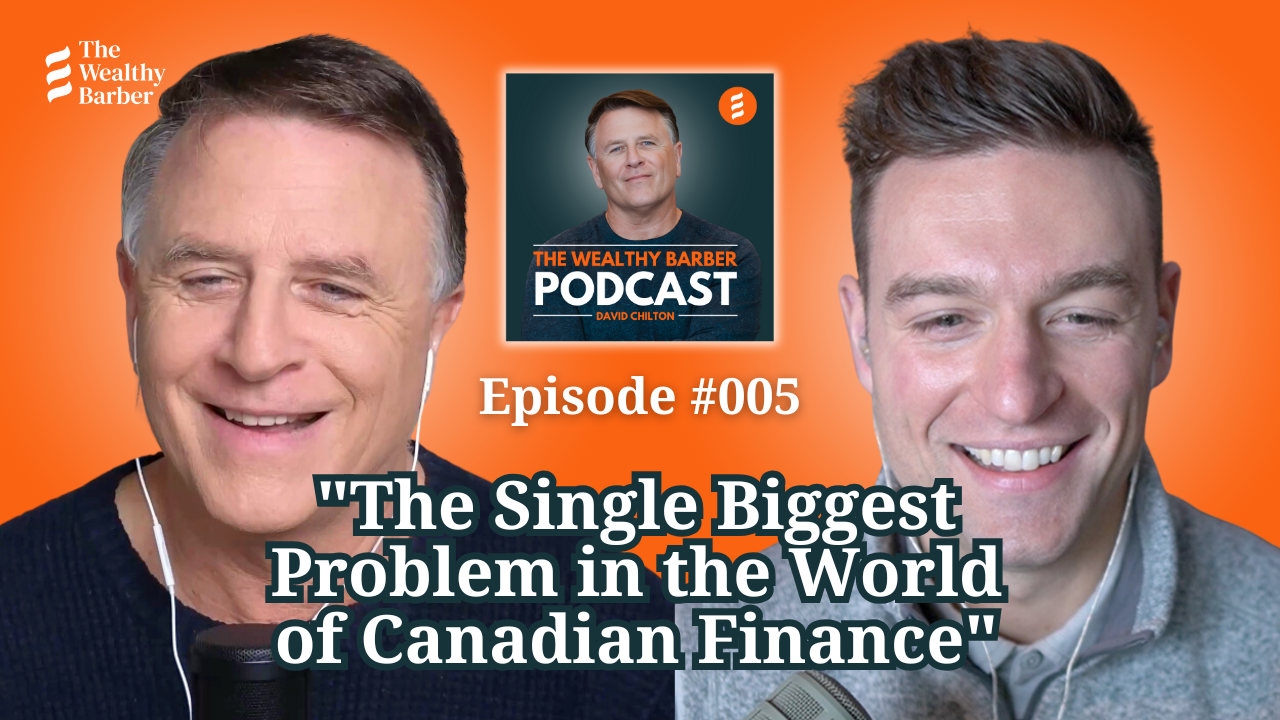Emergency Funds (Part 1): Opportunity Costs Matter
Emergency funds — very smart move but one with a cost few consider.
💈💈💈
Unique way of looking at this subject so pay close attention. What is an emergency fund? Well, pretty basic — it’s money put aside in case of financial distress. What could cause this distress? Maybe an unexpected bill — say a major home repair. It could be job loss, of course. That’s a big one. For someone on commission, it could be a prolonged period of down sales.
Essentially, the emergency fund is a safety net. It’s an insurance against one of those financial distresses putting you in a horrible position where you can’t pay your bills, or where you have to raid your long-term investment accounts to get by, thereby potentially sabotaging their needed growth. In essence, you’re self-insuring here.
You’re not buying a policy. But, and this is a key point not well understood, you are nevertheless paying an insurance premium. “What? That makes no sense. What are you doing here? What do you mean?” The premium, a justified premium, I want you to have an emergency fund, is the opportunity cost of leaving the money in a secure, liquid but low-returning account — wise with an emergency fund — instead of placing it in a higher-returning investment. How big is the premium?
How large is the opportunity cost? Well, that depends on two factors: 1) How big is the emergency fund?; And 2) What are the other investment alternatives and their likely returns? Let’s go to number two first. What if you have a big credit card debt? Hmm, if you’ve decided to build a $20,000 emergency fund instead of paying it down, well, that’s an opportunity cost, an insurance premium of $4,000 a year after tax.
Yikes! Is it worth it? Hey, I love emergency funds, but what about paying off the card, starting to rebuild your fund, and if an emergency hits before you get to your target level, use the credit card to get you through? Seems crazy to recommend a credit card to get you through an emergency — not exactly Dave-Chilton-like-advice, but hey, it makes sense here.
The worst case scenario, you have an emergency, you’re back where you started. What if you’re building a $10,000 emergency fund over a year or two, but doing so excludes you from contributing to your group RRSP with dollar-for-dollar matching. Wow, that’s an expensive premium. Wildly expensive. Does it mean you shouldn’t build an emergency fund in that case?
Well, I wouldn’t go that far, but you can see my point here. What I’m trying to drive home is that you want a big enough emergency fund to protect you against the risks we outlined, but not too big as there is a cost and sometimes a high one. So, what’s the right amount? Tricky. We’ll cover that in the next video.
Yep, our first two-parter. Exciting. But hint: Do not use a rule of thumb. Well, maybe the rule of thumb can be a starting point, but we’ll look at some tips you’ll use to alter the traditional guideline of six to nine months of expenses, to customize it properly for your situation.
Feel Confident About Your Finances
Sign up for our Weekly Round-Up of new videos and podcasts released over the past seven days. We won’t spam you or try to sell you a course—promise!



